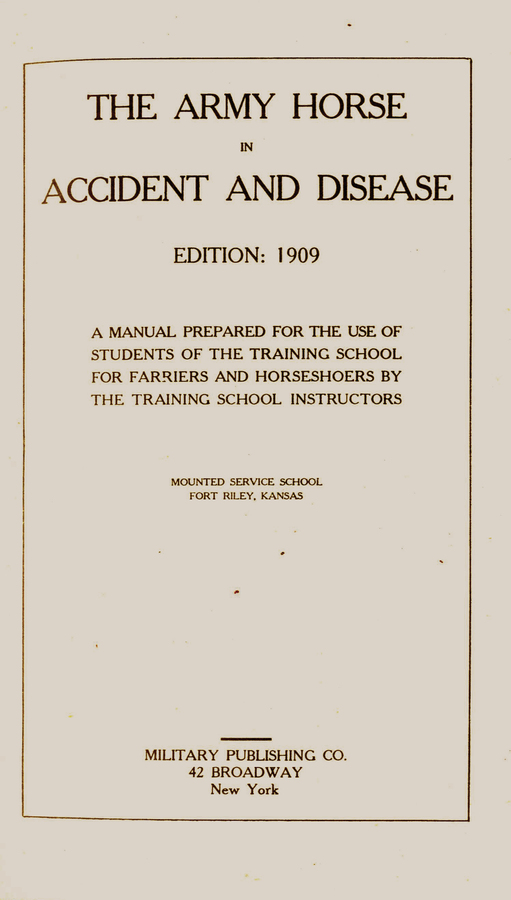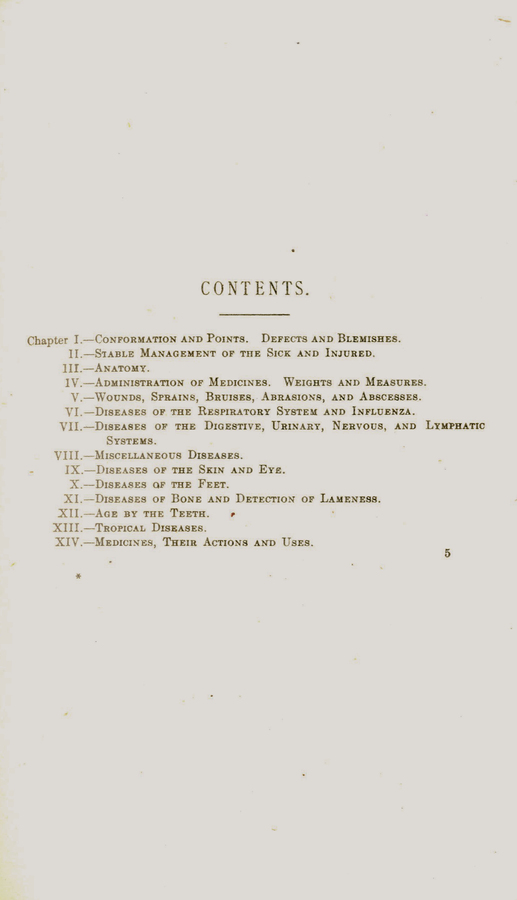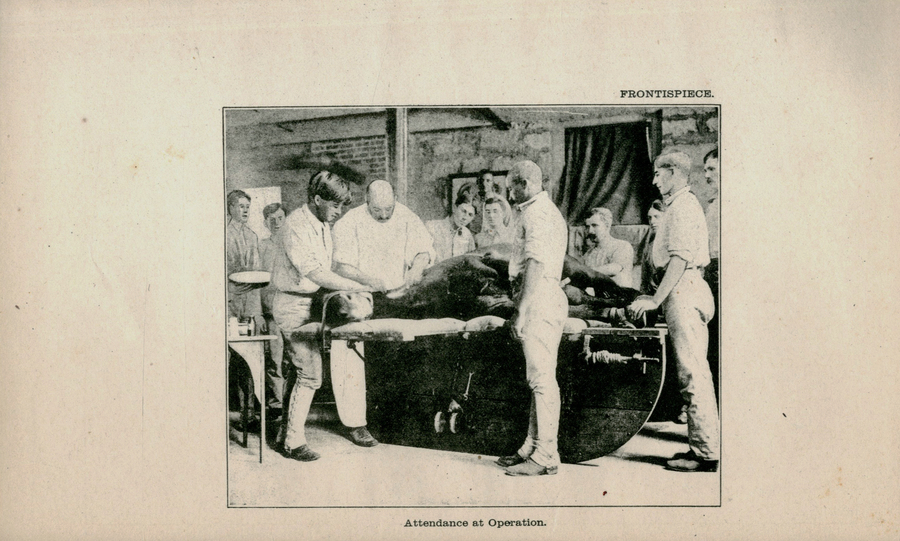The United States Cavalry, or U.S. Cavalry, was the designation of the mounted force of the United States Army from the late 18th to the early 20th century. The Cavalry branch was absorbed into the Armor branch in 1950, but the term "Cavalry" remains in use in the U.S. Army for certain armor and aviation units historically derived from cavalry units.
Originally designated as United States Dragoons, the forces were patterned after cavalry units employed during the Revolutionary War. The traditions of the U.S. Cavalry originated with the horse-mounted force which played an important role in extending United States governance into the Western United States after the American Civil War.
Immediately preceding World War II, the U.S. Cavalry began transitioning to a mechanized, mounted force. During World War II, the Army's cavalry units operated as horse-mounted, mechanized, or dismounted forces (infantry). The last horse-mounted cavalry charge by a U.S. Cavalry unit took place on the Bataan Peninsula, in the Philippines. The 26th Cavalry Regiment of the Philippine Scouts executed the charge against Japanese forces near the village of Morong on 16 January 1942.[1]
The U.S. Cavalry branch was absorbed into the Armor branch as part of the Army Reorganization Act of 1950. The Vietnam War saw the introduction of helicopters and operations as a helicopter-borne force with the designation of Air Cavalry, while mechanized cavalry received the designation of Armored Cavalry.
https://en.wikipedia.org/wiki/United_States_Cavalry
This manual was produced for use of students at the training mounted service training school at Fort Riley, Kansas.
The United States Army Cavalry School was part of a series of training programs and centers for its horse mounted troops or cavalry branch. In 1838, a Cavalry School of Practice was established at Carlisle Barracks, Pennsylvania, which in time also became the Army's recruiting center for new mounted recruits. Commanded by Edwin Vose Sumner, the program was started from scratch. The close association between field artillery and mounted units began with the location of the Army's light artillery, also in Carlisle, in 1839. Captain Samuel Ringgold trained his recruits and tested equipment for the "flying artillery", as it was called, and gained fame during the Mexican–American War.
Beginning in the 1880s, the U.S. Army reestablished schools to provide intensive training in military specialties. The first of these was the School of Application for Infantry and Cavalry, founded at Fort Leavenworth, Kansas in 1881.For graduates of the United States Military Academy, the school allowed practical application of the theories they had learned at the Academy. Here, also, student officers detailed from the field improved their knowledge of their profession. In 1901, the school was expanded into the General Service and Staff College and opened to officers of all branches; today, it is the Command and General Staff College
In 1887, the U.S. Congress appropriated $200,000 for a school at Fort Riley, Kansas, to instruct enlisted men in cavalry and light artillery, but five years went by before the Cavalry and Light Artillery School was formally established and moved from Fort Leavenworth. The Fort Riley post hospital, built in 1855, was remodeled in 1890 and became the headquarters and home for the school. In the years that followed, the school changed names. It was called the Mounted Service School from 1907 until World War I, when instruction ended for the duration of the war. In 1919, the Cavalry School took its place and continued until October 1946. With the final disposition of tactical cavalry horses in March 1947, the Army ended all training and educational programs dealing with mounted troops.
https://en.wikipedia.org/wiki/United_States_Army_Cavalry_School
In this edition a few errors of plates and texts have been corrected ... Veterinarian Alexander Plummer ... and Veterinarian Charles H. Jewell ... A chapter on age by the teeth, comp. by Robert M. Danford.
Includes footnotes and a bibliography
Also published Washington : Government Printing Office, 1909






